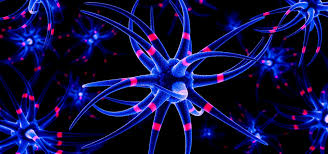About CENSE

At Center for Experimental Neuroscience (CENSE) we aim to examine mechanisms of action and paradigms of neuromodulation in a large animal model.
Over the last 10 years the CENSE-group has established the Göttingen minipig as a research animal for neurological and neurosurgical disorders. The advantage of this animal is that it has a large gyrencephalic brain that can be examined at sufficient resolution using conventional clinical scanning modalities.
The large brain furthermore enables the use of deep brain stimulation (DBS) electrodes and other neuromodulatory devices for human use, making the animal ideal for preclinical tests.
The use of the Göttingen minipig is economical and not associated with the ethical concerns associated with the experimental use of primates, cats and dogs. In a recently established minipig model of DBS towards Parkinsons disease, we plan to examine possible neuroprotective aspects of this treatment as well as the glial response to DBS. It is the plan to integrate this knowledge with electrophysiological and connectional data obtained from this species.
Studies concerning the possible role of hypothalamic DBS in the treatment of adiposity/anorexia nervosa and pontine DBS toward central bladder regulation dysfunction have likewise been initiated. Minipig models of stem cell transplantation to the CNS has been stablished, and serve as a test platform for the in vivo characterization of stem cell lines developed towards neurodegenerative diseases and neoplasia.
The model will furthermore serve as a test system or new delivery system for stem cell transferal to the CNS. The minipig model has also been used to test encapsulated cell technology (ECT) for neurotrophic factor delivery in vivo.
The studies have so far shown that the NGF or GDNF producing encapsulated cells survive implantation and explanation in their ECT device and that the neurotrophic factors diffuse out into the brain parenchyma from the ECT device. The ECT technology can potentially be used in conjunction with stem cell transplantation in order to control stem cell differentiation.